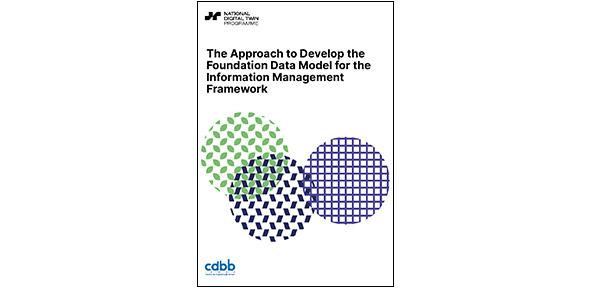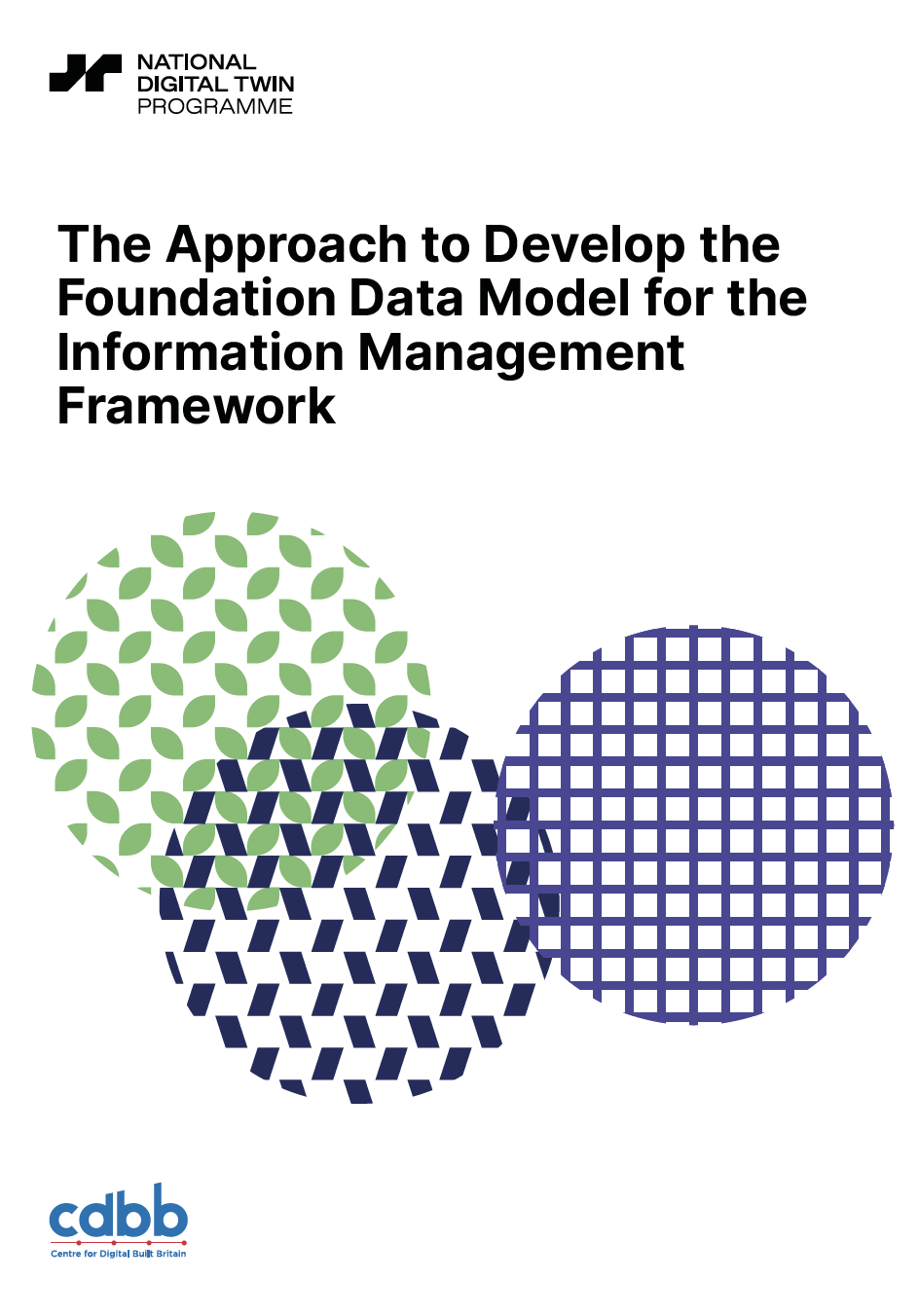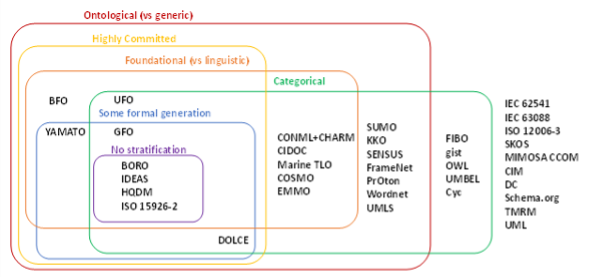
Submitted by Angela Walters on Thu, 11/03/2021 - 10:20
The Construction Innovation Hub’s Platform Design Programme is working in partnership with both government and industry to develop a platform construction system consisting of a standardised kit of parts to deliver social infrastructure buildings. Here Alexandra Luck, CIH Security Manager, explains the latest work on the Information Management Framework that will build data foundations for consistent data not only for the Platform Design Programme, but for use across government and industry.
Industries involved in the creation and management of built assets require effective, resilient and secure data and information sharing and aggregation. Much of this information is needed throughout the life of the asset and needs to be shared with a number of organisations. This is critical not only for asset management, but to support the services provided by the asset, as well as other considerations such as measuring the accumulating carbon in order that a net zero footprint can be achieved.
As a result, a formal mechanism to ensure that the right information can be made available at the right time, to the right people and that the quality of the information is known and understood, is required.
The Information Management Framework (IMF) is such a mechanism, the technical part of which comprises three main elements:
- A Foundation Data Model
- A Reference Data Library, and
- An Integration Architecture.
The Foundation Data Model (or ontology) and Reference Data Library define a common structure and meaning for information that is shared between organisations within and across sectors and domains. Together, therefore, they enable the consistent sharing and integration of information. The Integration Architecture comprises a combination of technologies that enables this sharing of data between databases and the systems that use them.
The pragmatic and technical requirements for the Foundation Data Model have now been developed and consideration has been given as to whether any existing Top-Level Ontologies could be used as a suitable start-point.
There are four Top-Level Ontologies that meet all the technical requirements: BORO, IDEAS, HQDM and ISO 15926-2. They are distinct from the other Top-Level Ontologies in being 4-dimensionalist. These allow us to see individual objects as four-dimensional, having both spatial and temporal parts. We are therefore proceeding to develop the Foundation Data Model seed from these 4-dimensionalist Top-Level Ontologies.
Image: Venn diagram showing classifications of Top-Level Ontologies
More detailed information on the requirements and the process followed is set out in the ‘Top-Level Ontology Survey’ and ‘The Approach to Develop the Foundation Data Model for the Information Management Framework’ documents.


